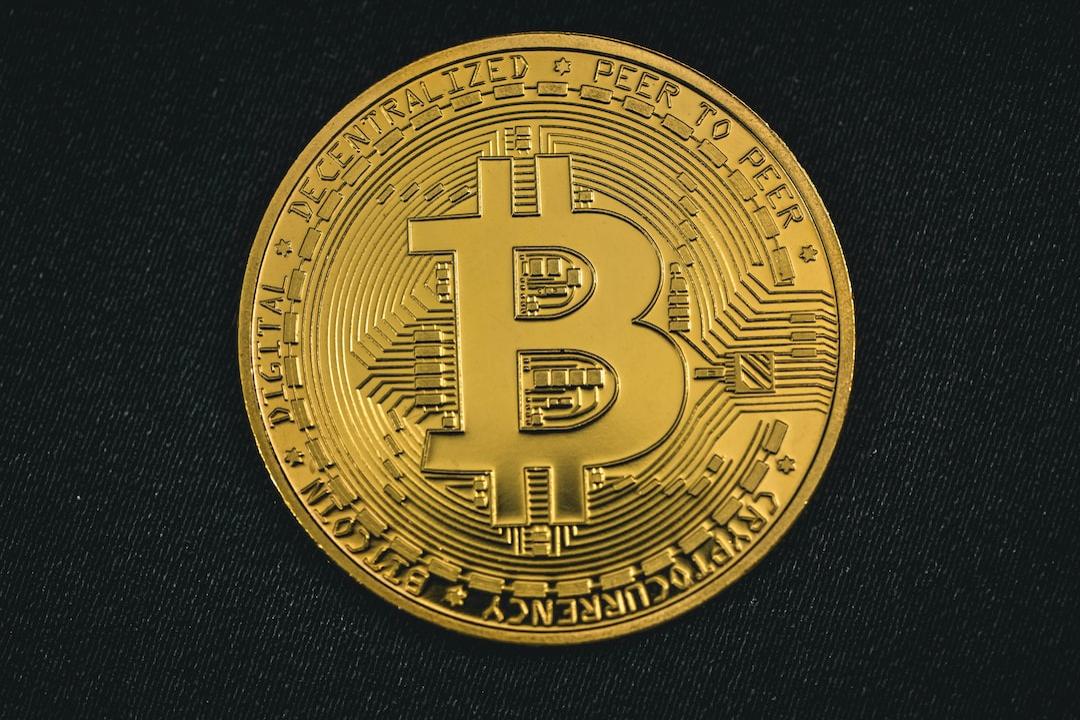What happened?
Due to Tether freezing the USDT digital wallet associated with the Russian exchange Garantex (valued at approximately $30 million), Russian Treasury officials have directly proposed the development of Russia’s own stablecoin, possibly pegged to non-dollar currencies, to ensure the reliability of future international payment tools. The primary reason for Russia’s consideration of developing its own stablecoin is the challenges posed by Western sanctions, which have made traditional international payments increasingly difficult, necessitating alternative solutions. This also aligns with its strategic goal of “de-dollarization,” aimed at reducing reliance on the US dollar and related financial infrastructure. Despite the Russian Central Bank’s continued opposition to the use of cryptocurrencies for domestic payments, the government has shown a more pragmatic attitude towards utilizing cryptocurrencies for international payments (even establishing a stablecoin) in response to international sanctions, reflecting its strategic balancing act between maintaining internal financial stability and addressing external challenges.
Trigger: Tether freezes over $30 million USDT of Russian exchange Garantex
Following the freezing of the popular stablecoin USDT held in digital wallets associated with Russia last month, a senior official from the Russian Treasury recently stated that Russia should develop its own stablecoin linked to foreign currencies. Stablecoins are cryptocurrencies designed to maintain a stable value, typically pegged to fiat currencies like the US dollar, and have flourished in recent years due to their utility in facilitating exchanges between different cryptocurrencies or converting to cash. For Russia, traditional international payments have become increasingly difficult due to sanctions from Western countries. Consequently, Russian regulators have allowed for experimental use of cryptocurrencies in international payments. Before the freezing incident, USDT was a popular tool for Russian businesses making international payments due to its convenience.
The trigger for this incident was Tether, the issuer of USDT. According to the Russian cryptocurrency exchange Garantex, on March 6, Tether froze the digital wallets on its platform, which held more than 2.5 billion rubles (approximately $30 million) in USDT. This action was one of the 16 rounds of sanctions resulting from Russia’s aggression in Ukraine, and Garantex suspended its operations shortly after being sanctioned by the EU. Osman Kabaloev, Deputy Director of the Financial Policy Department of the Russian Treasury, pointed out: “The recent freezing incident has led us to consider the need to develop an internal tool similar to USDT, possibly pegged to other currencies.”
Treasury Initiative: Develop a non-dollar stablecoin, create a Russian alternative
Currently, stablecoins backed by the US dollar dominate global liquidity, and with the US gradually tightening regulations in the stablecoin sector, Russia believes that developing digital alternatives has become increasingly necessary in the face of growing financial restrictions. For Russia, this could be an ideal time to enter the stablecoin competition. Due to the US’s ongoing tariff policies and the deteriorating trade relationship with China, the US dollar faces pressure globally, and some countries affected by high tariffs are already considering “de-dollarization.” If Russia can launch a token pegged to the ruble or other non-dollar currencies, it would help reduce the region’s reliance on US dollar stablecoins like USDT and USDC, supporting Russia’s long-term goal of disengaging from dollar-based trade. Notably, although Elvira Nabiullina, the governor of the Russian Central Bank, opposes the use of cryptocurrencies for domestic payments, she has indicated that as part of a government-led experiment, Russian businesses are actively testing the use of cryptocurrencies for international payments. In fact, reports have indicated that Russian companies have already been using other cryptocurrencies, such as Bitcoin, for international transactions. Russia has also previously explored initiatives related to stablecoins. For example, in 2023, reports suggested that its central bank discussed issuing a gold-backed digital currency with Iran, aimed at cross-border payments and positioning itself as an alternative to the US dollar.
Historical Review: Official stance cautious and contradictory, domestic payments strictly limited
Russia’s relationship with cryptocurrencies has never been straightforward. Looking back, its official stance has been marked by caution, contradiction, and even conflicting signals at times. However, under the pressure of recent international sanctions, Russia’s attitude, particularly at the international application level, is undergoing a pragmatic shift. For a long time, Russia’s core attitude towards cryptocurrencies has been cautious and even skeptical. Regulatory agencies, represented by the Russian Central Bank and its governor Elvira Nabiullina, have remained highly alert to the potential risks of cryptocurrencies. They are concerned that cryptocurrencies could impact financial stability, be used for money laundering and other illegal activities, and erode the state’s control over monetary policy. This concern has been directly reflected in policy, with the Central Bank repeatedly opposing the inclusion of cryptocurrencies in Russia’s legitimate payment system.
To address this emerging technology, Russia has gradually established a legal framework. The Digital Financial Assets Law, which came into effect in 2020, is a key milestone, recognizing cryptocurrencies as legitimate “digital assets” or “property,” allowing citizens to hold and trade them. However, this law also clearly delineates a red line: the use of cryptocurrencies to purchase goods and services within Russia is strictly prohibited. In other words, while cryptocurrencies themselves are not illegal, their core payment function is stripped away domestically, creating a peculiar situation where they are allowed to exist but restricted in use. The attitude towards cryptocurrency mining has also fluctuated, oscillating between prohibition and regulation.
However, the geopolitical upheaval, particularly the severe economic sanctions imposed by Western countries in recent years, has become a significant catalyst for changing Russia’s considerations regarding cryptocurrency policy. When traditional international banking and payment channels are obstructed, cryptocurrencies, especially stablecoins like USDT, have begun to be seen by Russian businesses as a potential “lifeline” for maintaining international trade relations due to their convenience for cross-border transfers. This has also prompted a more pragmatic attitude from government agencies (such as the Treasury) compared to the Central Bank, beginning to explore and even allow experimental frameworks for cross-border cryptocurrency payment tests. In the future, Russia is likely to continue seeking its unique balance between maintaining domestic financial stability and utilizing cryptocurrencies to address international challenges.
References: Reuters, BeinCrypto

